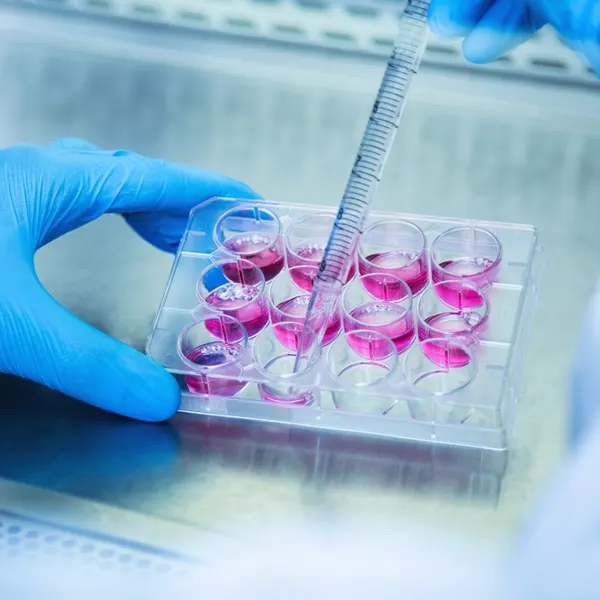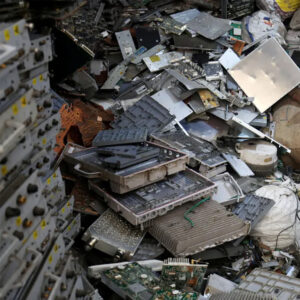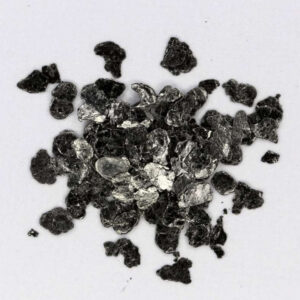Description
It is generally acknowledged that the rise in global population has prompted fast urbanization and industrial development, which in turn result in the production of a high volume of effluents that negate the ecosystem and human health. Release of effluents from several industries like leather tanning, dyeing, pharmaceutical, electro‐ plating, and chemical processing without proper treatment deteriorates water bodies. The environmental impact studies revealed the existence of numerous toxins, which ultimately cause dangerous effects on the lives of people, animals, and plants (Khan et al., 2022; Sivaraman et al., 2022). Before being released into the environment, industrial effluents are frequently treated using a variety of physicochemical and biological techniques. Chemisorption, flotation, ultrasound oxidation, photocatalytic oxidation, steam reforming process oxidation, wet air oxidation, electrochemical oxi‐
dation, hydrogen peroxide treatment, nano‐filtration, adsorption, and bioremediation are some of the effective methods utilized for contaminant alleviation. Biosorption being a simple, cost‐effective process attracted researchers in wastewater treatment. Biomass from various natural resources has attained a prime focus as biosorbents which are tremendously explored for contaminant removal from wastewater. The raw forms of plant biomass like fallen leaves, stems, bark, shells, pods, and aquatic plants which are prone to specific metal‐binding are explored as biosorbents for the decontamination of metal‐bearing untreated wastewater.



